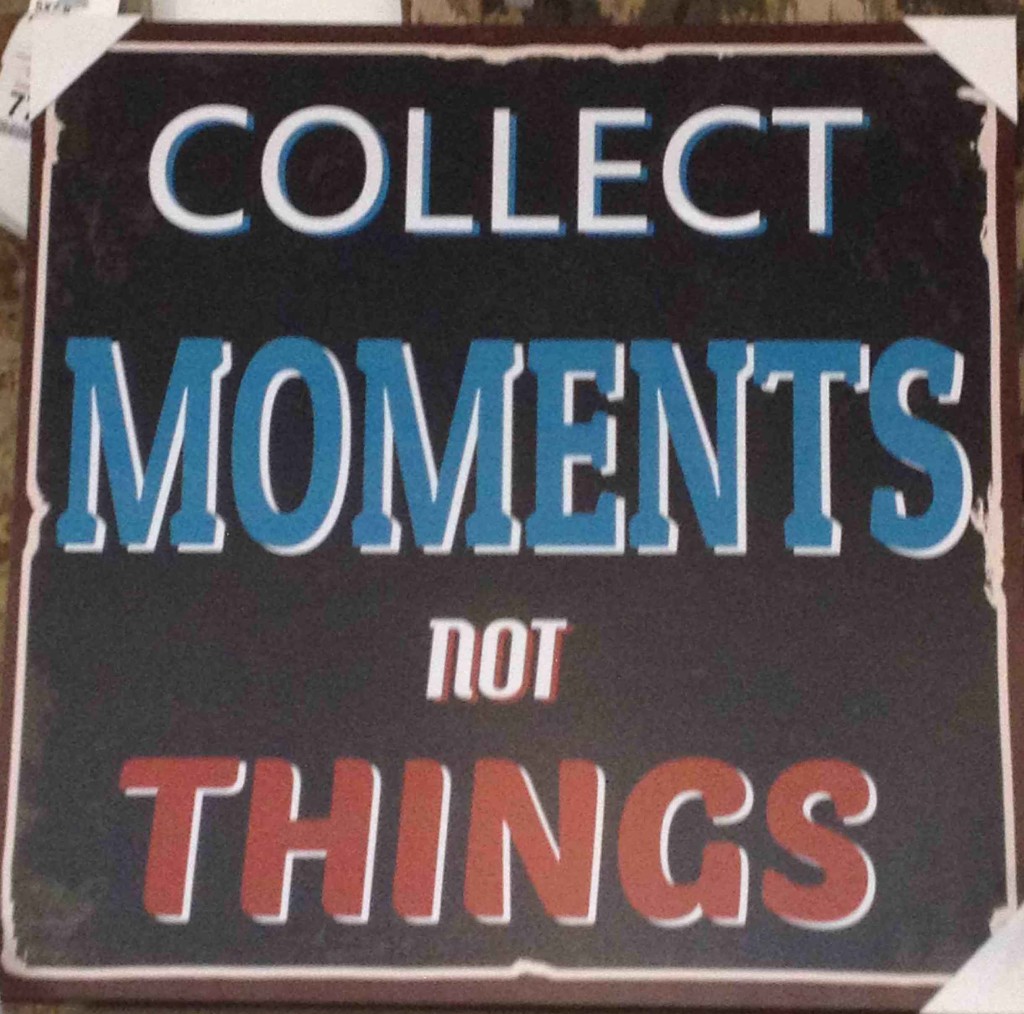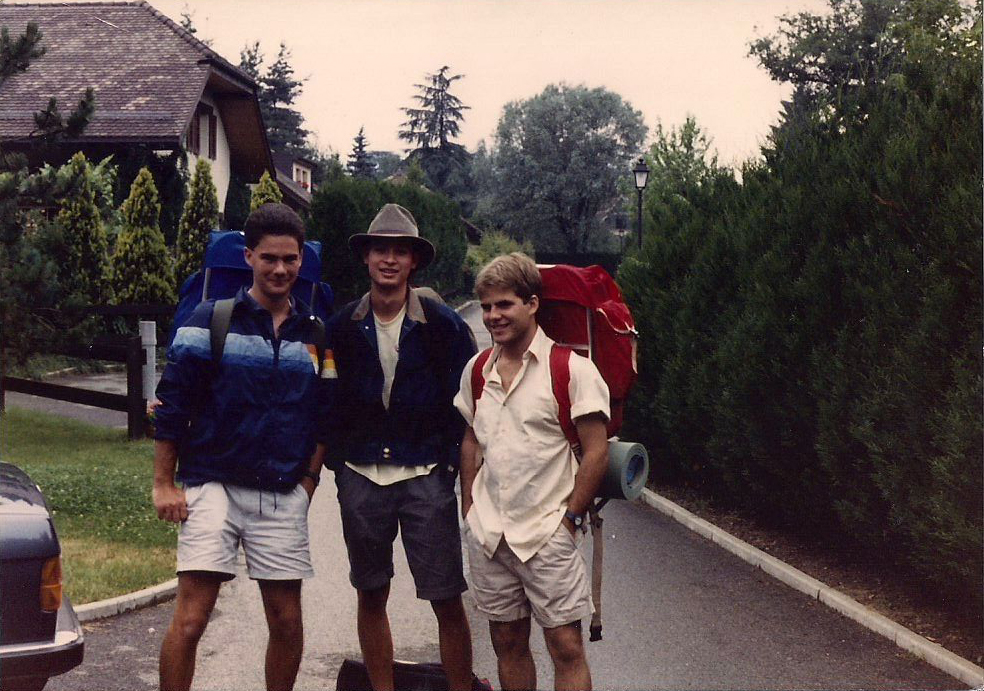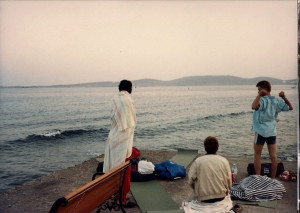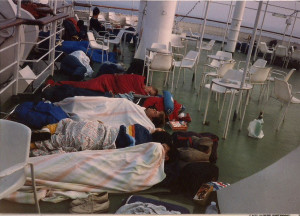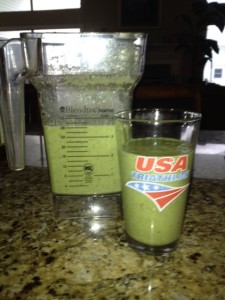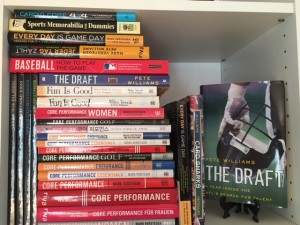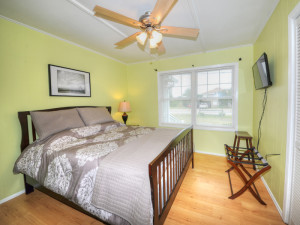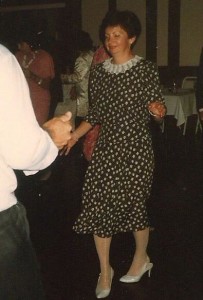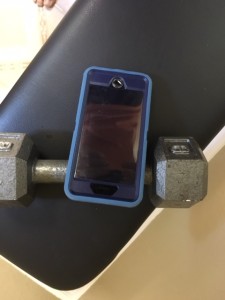 I play a game with people in the gym, though they’re unaware of it.
I play a game with people in the gym, though they’re unaware of it.
When I see someone near me fiddling with a smart phone, which happens pretty much every time in the gym, I see how many sets I can do in the time they’re playing with the phone. My record is 11.
That occurred one morning when I was doing a CrossFit-style WOD (workout of the day) consisting of pull-ups, pushups, air squats, burpees, moutain climbers, and crunches. I do four sets of each, non-stop, for a total of 24 sets. It takes just 20 minutes and it’s one of the toughest, though most beneficial, 20 minutes I spend all week.
One day I made it through nearly half the session while a guy played with his phone between sets of dips. I imagine he scrolled through social media and email, perhaps sent a text or two, or scanned the headlines.
Regardless of what he was doing, he was sabotaging his workout. Not only was he resting way too long between sets, he was bringing no focus or intensity to his training and, thus, likely would receive little benefit.
It’s a shame since he accomplished the hard part by getting to the gym before 6 a.m. He paid for the gym membership, after all, and at least on some level committed to training. But like so many people he no longer can disconnect from the digital world for even an hour. Instead of feeling the endorphin rush of training, he craves the dopamine fix of digital media feedback in the form of social media likes, text responses, emails and other notifications.
Instead of working out, he’s suffering from fear of missing out (FOMO) even at 6 a.m.
I’ve trained at the same gym for more than a decade, long enough to see the smart phone era evolve. I marvel at how people set their $700 phones down on weight benches or even the floor where they can be stomped on or crushed by dumbbells, both of which I’ve seen happen. Some people even carry around iPads to serve as nothing more than giant stopwatches.
Disconnecting from media has numerous benefits in the gym. When you focus more on the movement of your body, you train more effectively. It’s impossible to create intensity and focus when you’re stopping for minutes at a time to visit the world of social media and email. It takes several minutes to return to a focused state at a desk, let alone in the gym.
I train at 5:30 a.m. And since I live on the East Coast, there’s nobody that needs to reach me at that hour. That’s one reason I train at that time; nobody can steal it away from me. Turning to my smart phone would be no different than inviting business commitments into the gym with me. Not people who want to train with me; that would be fine. No, it would be like bringing work to the gym.
One reason CrossFit has soared in popularity is that it forces athletes to train non-stop. If you’re following the designated WOD, your goal is to do AMRAP (as many reps as possible) in the allotted time. Not only that, there’s a communal aspect to it where you’re pushing your fellow athletes.
Which isn’t to say phones don’t appear in CrossFit boxes. But thankfully the culture is one where it seems like a breach of etiquette to do so. That’s not as true in conventional gyms. I take a 5:45 a.m. spin class several times a week and I’ll often see folks checking their phones during class.
Then there’s yoga, which many people turn to in order to find that mind-body calmness that’s so lacking in modern society. You’d think people might leave their phones in the car or in a locker. No such luck. Instead of the lying or sitting on mats quietly before class, some will look at their phones. When there’s a pause in the practice – say for a water break – some will glance at their phones. Even in yoga, some cannot disconnect. No surprise since some can’t make it through church services without checking a phone.
Call waiting and digital media made it possible for us to screen calls and take them on our time. But we defeat that purpose by interrupting ourselves throughout the day to check social media and email.
Never is that more apparent in the gym, which should be a sacred time.
My CrossFit WOD is coming up tomorrow. My goal is 12 sets while someone near me is on the phone.
Sadly, it’s a goal I’ll probably reach.

